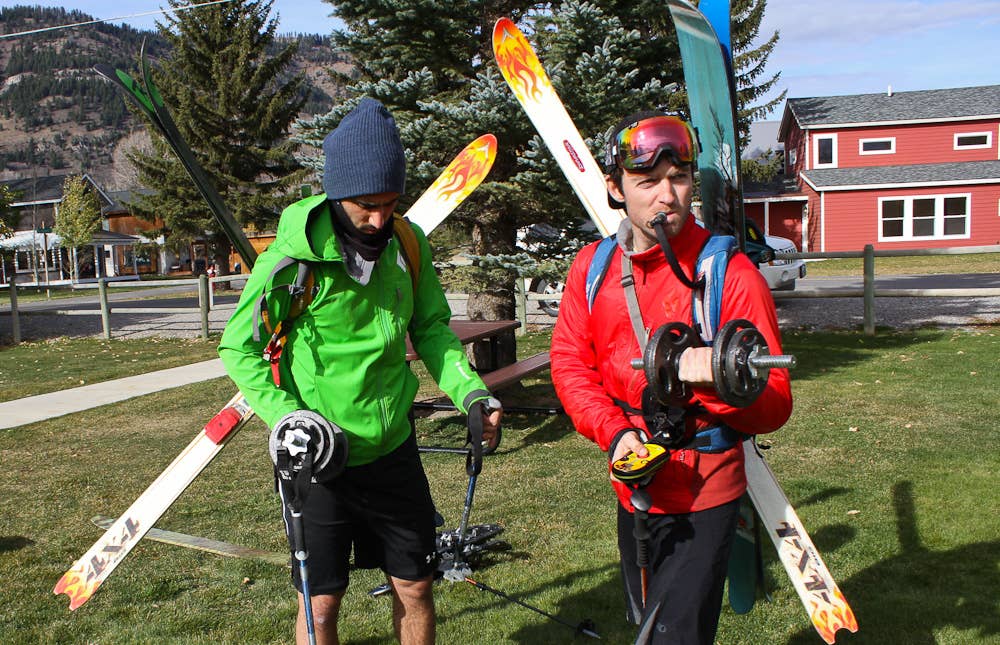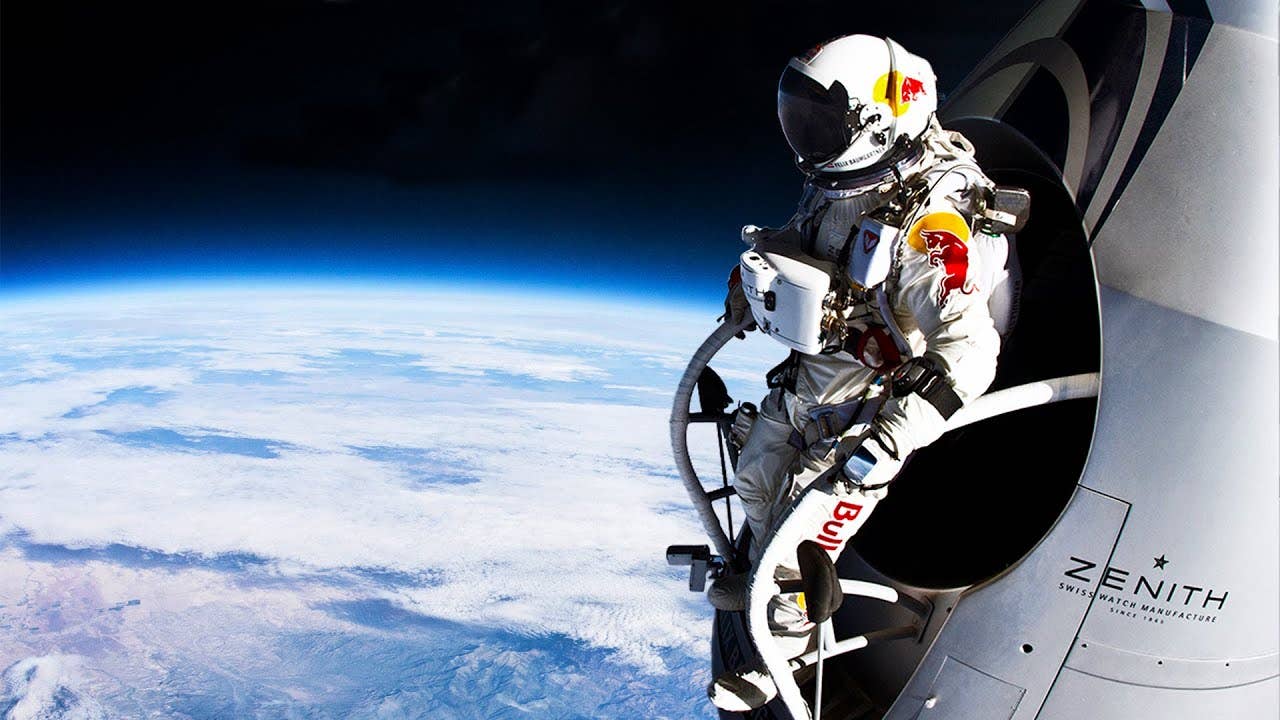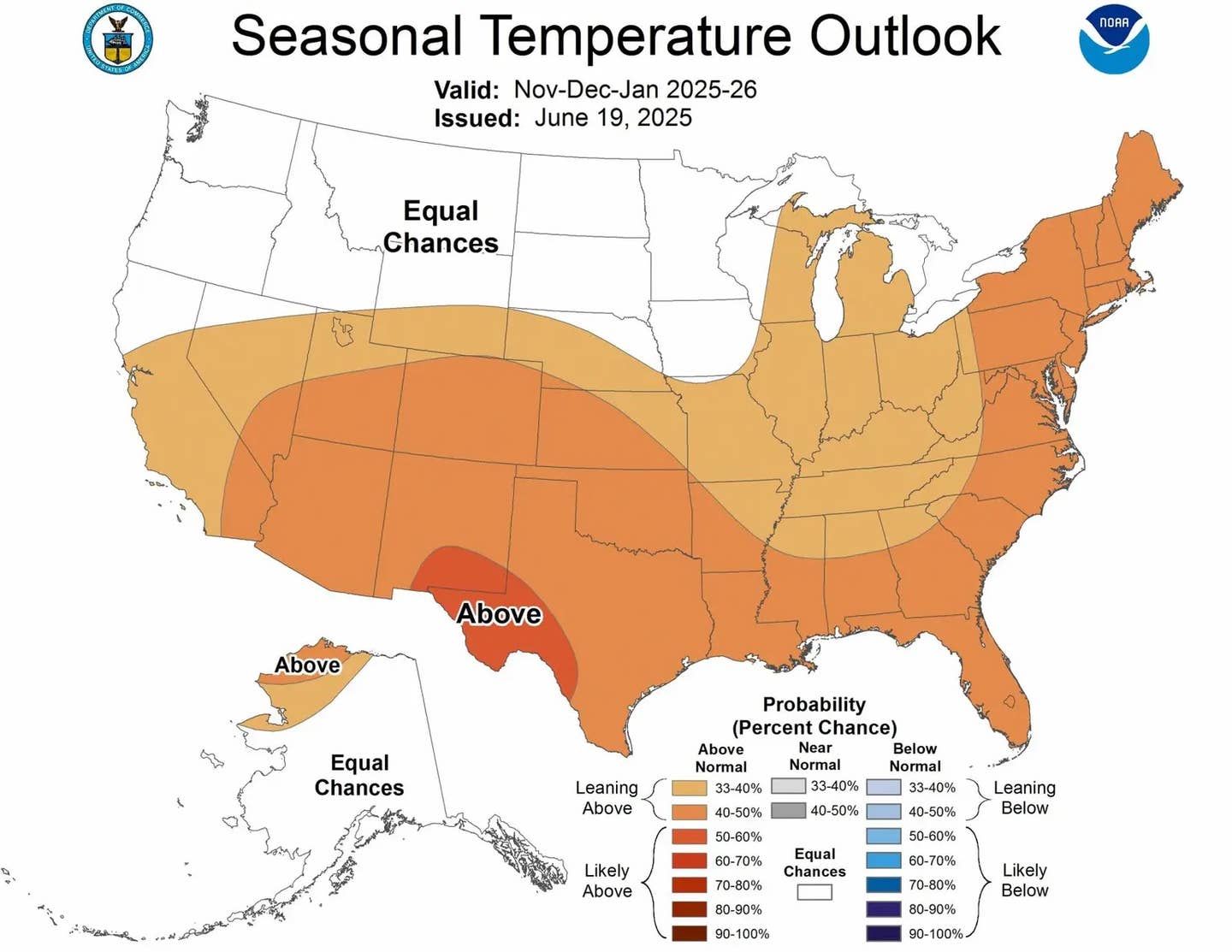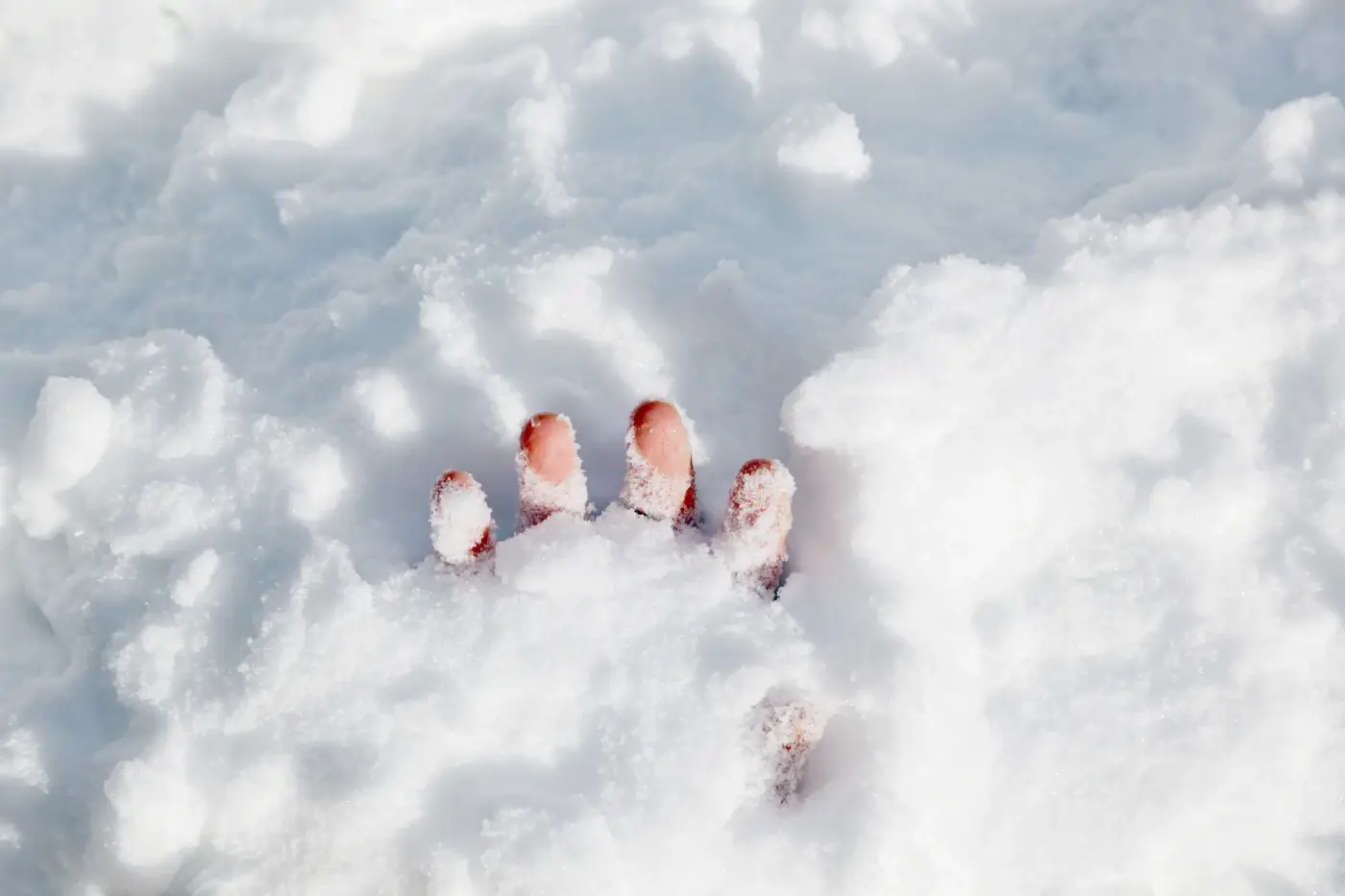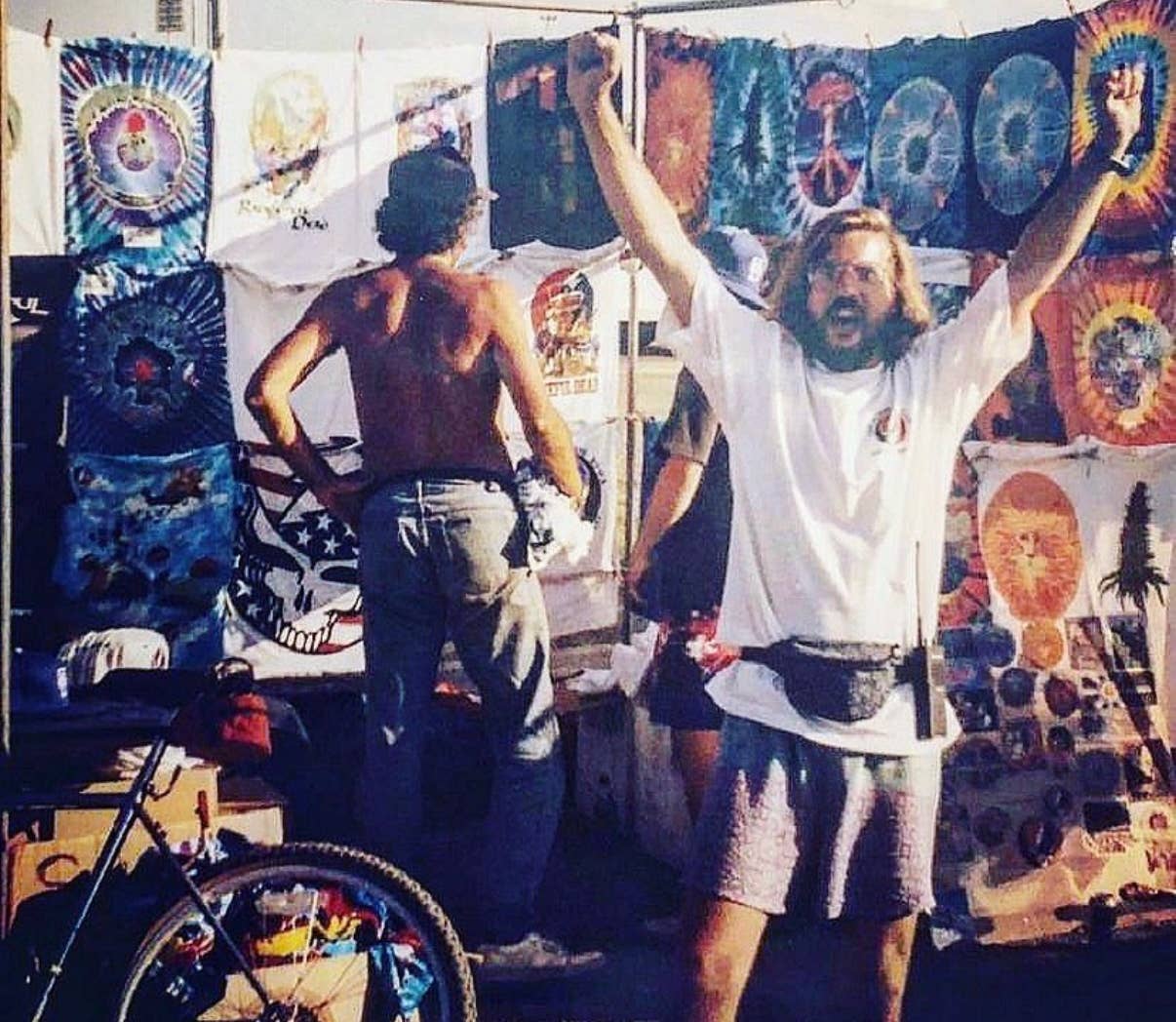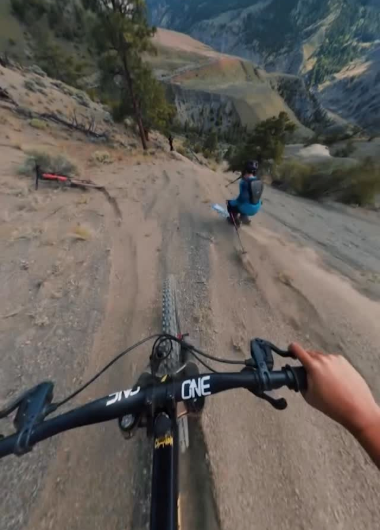Popular Stories
 If all you do this summer is sit around and think about skiing or snowboard but never train for it, you'll never be ready for the season. Jenna Mahaffie photo.
If all you do this summer is sit around and think about skiing or snowboard but never train for it, you'll never be ready for the season. Jenna Mahaffie photo.
Ah, summer! It’s easy to just loll about on inner tubes in creeks, barbequing, drinking cheap beer, watching a lot ski movies, and getting antsy because summer is actually too long and too hot. There’s definitely good summer fun out there, like downhill biking, climbing, and, um, some other stuff.
These are helpful to keep you ready for skiing, but some of the best dryland training methods are a little more obscure, often a little less fun, and sometimes, well, borderline (or entirely) super dorky. But when you’re crushing it from day one next season, who’ll be the dork then?
We investigated a few less popular but super efficient dryland activities for serious skiers, with input from ski racers, medical professionals, and some other people we found on the street. Here are our favorites… really.
#1: Weight Vests/Anklets/Wristlets
 Add these, too! Not sure where to find the high-waisted spandex, though. But the aqua weights are available from the good people at Sears, the department store where it's always 1997.
Add these, too! Not sure where to find the high-waisted spandex, though. But the aqua weights are available from the good people at Sears, the department store where it's always 1997.
Actually, you don’t get off that easily. Add ankle and wrist weights. Now that you look totally ridiculous, you’re in for one of the most miserable, and best bang for your buck (and time) workout methods, and one that translates directly to skiing muscles, downhill power, and cliff stomping strength. You can do a lot of beneficial workouts in this get-up, but walking slowly, carefully, and miserably downhill is an A-game clincher.
First you must walk uphill, which will prepare you for efficiently cruising up bootpacks in fresh snow, with your DIN 18 metal Looks, heavy pow skis on your pack - and with a ravenous horde drooling on your heels (or at least get you up that slight incline to the chairlift in the morning which always seems to get you).
The uphill is the concentric working of your quad muscles, the power motion working away from gravity. However, the real benefit for skiing is when you walk back down, slowly and with good form, according to Jackson-based ex-ski racer and physical therapist Lindsay Love (PT, DPT).
A controlled, merciless descent works your quads eccentrically, which lengthens the muscle fibers and builds strength for solid control when doing things like stomping and instantly recovering from cliff drops and big landings, trying to keep it together and look good on high-speed, semi-controlled exits, and railing around like a boss in marginal, unpredictable snow conditions.
If you aren’t near any mountains or hills for the summer, you can accomplish the same thing with a lot of time on a staircase (use this time to think about relocating). If you’re really in dire straits, and don’t have stairs nearby, you can step up and lower yourself (over and over and over again) from a bench or sturdy chair. If you don’t want to spring for a vest, go ahead fill a sturdy backpack with rocks. Don’t worry. It’ll be just as nerdy as a weight vest.
#2: Rollerblades
 Sierra Quitiquit on blades. Works for her vibes or something. Katee Heagen photo.
Sierra Quitiquit on blades. Works for her vibes or something. Katee Heagen photo.
A couple of decades ago, rollerblading was pretty badass. Despite making something of a comeback lately, as recently noted based on relatively high-volume rollerblade traffic on Manhattan’s West Side, it’s had trouble shaking off the geek image entirely, and hence, is tougher to pull off in most places. But, all that aside, rollerblading is a kickass, efficient way to stay on your game while the snow is on summer hiatus. And since Kaya Turski pretty much credits making it as a pro skier to her competitive inline skating career as a teenager, perhaps it’s time to do yourself a favor and slip into a pair of rollerblades, circa 2015.
Rollerblading provides several key ways to keep it together as a skier, most notably the oblique leg movements you use to propel yourself on skates. It’s a serious workout for the gluteus medius, one of the three large gluteal muscles, which connect your pelvis to your femur. Hips often get worked only in the forward/backward motions in skinning, hiking, running, and cycling, but lateral strengthening of the hips is crucial to happy knees, according to Love.
Ultimately, hip strengthening sounds mind-numbingly boring, but when you’re doing it on small wobbly wheels at high speed, it becomes super exciting, the more so the lower your rollerblading skill level. These side benefits include mental conditioning for winter: when approaching obstacles at high speed on rollerblades, unable to stop or swerve, you can take deep breaths, and go for it while you try to stay upright on the tiny wheels. It’s a fun mental exercise just like the last couple turns towards a cliff or otherwise potentially terrifying obstacle you might be tempted to dump speed for but shouldn't. There are also cardio benefits, quad and core strength, and balance, among others. You may look a bit goofy, but it’s actually really fun rolling all around.
#3: SUP Yoga
 Great for proprioception, whatever that is! Ashley Battersby photo.
Great for proprioception, whatever that is! Ashley Battersby photo.
There’s a bit of a stigma about just being really into stand-up paddeboarding, but when you add yoga to it, you’re really pushing the pretentious envelope, and leaving yourself wide open as a target for potential ridicule. However, yoga has benefits, and so does SUP, so doing them combined on a wobbly board that wants to toss you into frigid mountain lakes of snowmelt is going to do wonders for your balance and proprioception. (On the bright side, you can probably find some small hidden mountain lake where no one will see you. Bonus workout points for portaging your enormous, unwieldy SUP!)
Yoga for skiers on a SUP shouldn’t focus on yoga’s flexibility or a SUP’s cardio benefits, but rather honing more subtle, yet super important attributes for a well-trained athlete, like proprioception. Proprioception is the term used to describe your brain’s ability to know where all the parts of the body are in space. It needs to be retuned regionally after big injuries (such as an ACL repair) that impede this sense, but it’s a good full body exercise. And if you’re doing yoga on a SUP, your brain will definitely be working hard figuring out what the hell is going on.
The second major benefit of balancing on a wobbly board is that trying to do poses that can knock people off balance on still ground is a killer workout for all the small stabilizing muscles and your joints. Building up stabilizing muscles usually involves repetitive, boring workouts with bands and light weights, so if you can do it outside, on the water, who cares how silly you look!
#3: TGR’S OFFICIALLY ASININE UNOFFICIAL 9-STEP PRE-SEASON TRAINING PROGRAM
 TGR employees/athletes Ryan Dunfee and Jon Desabris deep in the Climbing Skin Separation Circuit. Jenna Mahaffie photo.
TGR employees/athletes Ryan Dunfee and Jon Desabris deep in the Climbing Skin Separation Circuit. Jenna Mahaffie photo.
With a curriculum designed specifically for the laziest and least-prepared of the snow-obsessed populace,
TGR's Officially Asinine Unofficial 9-Step Pre-Season Training Program is available free of charge to athletes daunting enough to drive through school zones blindfolded to practice taming their fear, march on bare rocks and ski edges to toughen their feet for uncomfortable ski boots, and breathe into a plastic bag until passing out to train for high altitudes.
No training regime is matched in its potential for serious injury and/or advancing your fitness and fearlessness for the upcoming season.
Join Our Newsletter
#4: The SkiA Trainer

Master that Lindsey Vonn impression TODAY! SkiA photo.
Freeskiers usually accomplish technique improvement by watching ski movies and going skiing, pretending they are in said flick (works better for some than others). But, if you are really flailing, and are still skiing the gnar with terrifyingly bad style (i.e., flailing arms and in the backseat) then perhaps you need the SkiA. It comes from across the pond, and is meant to help you stop sucking at the sport, in a well-thought out assist for British skiers who, stereotypically, really love technique and talking about technique.
But, SkiA can work for you too! It’s a balance game just for skiers intended to fix your flailing by practicing standing (in ski boots!) on the tiny SkiA blocks in your living room, so only your housemates and visitors will make fun of you, and also at the bar when they tell everyone about your new training. But it’s not bad, and it’ll get the job done. You can add it as an indoor complement to all your nerd training above.
#5: Nerdy and Thrifty
 Hiking workouts in places like Grand Teton National Park get you views like this. Ryan Dunfee photo.
Hiking workouts in places like Grand Teton National Park get you views like this. Ryan Dunfee photo.
Technically, since you may be saving all your cash for winter gear, adventures and hopefully even an upcoming southern hemisphere trip, let’s not spend frivolously. There’s plenty of dorky, useful stuff to do without having to buy special gear, or hire trainers, and still retain the ability to completely kick your ass.
However, since this is the free section, it doesn’t come with muscular benefit explanations from experts. Just look up proper form, ease into it (tearing muscles doing nerdy dryland is an ultimate fail), make a schedule–three times a week is nice–and do it!
Running backwards uphill.
Long-Distance Leapfrog, i.e., playing leapfrog with one or more training partners up and down a 100 yard stretch, aka, a football field. Really. It’s hard.
Wall sits
Squats. So many squats... Use body weight or added weight.
Running stairs
Box Jumps (or things about the height of boxes, like, more stairs, or park benches, as you are unlikely to own nice gym-quality jumping boxes)
Extreme trail running or hiking, i.e. any summer time anything that makes you feel like you need to use trekking poles. You can probably find some nice sticks for free in the woods and sub for carbon fiber poles.
